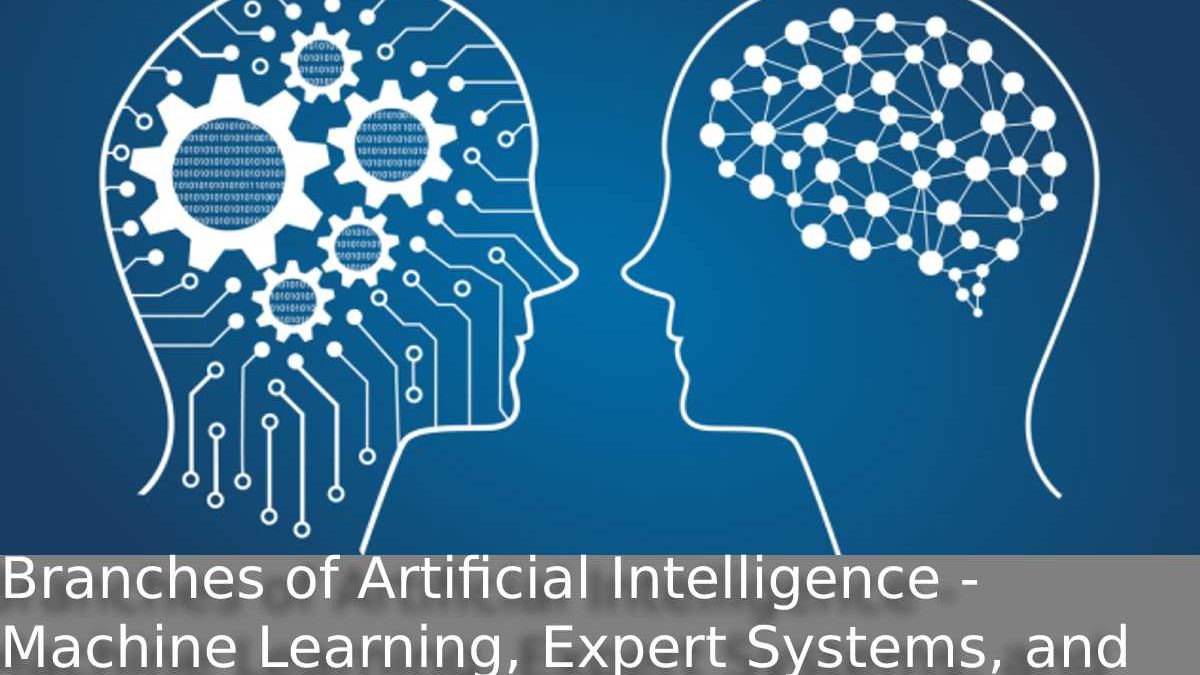Table of Contents
Branches of Artificial Intelligence
Branches of Artificial Intelligence With an increasing focus on computing and information technology.
The global education system is focused on including artificial intelligence in instruction as it creates the foundation for students to develop future scope in it.
Artificial Intelligence has several benefits, but at the same time, it also has disadvantages. Here is a country like India, where unemployment is already high. Moreover, artificial Intelligence will create more problems as it will reduce human resource requirements.
Machine learning
- There are in terms of advanced technology, one of the most demanding fields is machine learning.
- It is causing a daily stir every time a company introduces a new product that implements ML techniques and algorithms to deliver to the consumer highly creatively.
- The machine Learning is the technique that gives computers the potential to learn without being programmed. It is actively used in everyday life and machine learning applications, even without knowing it.
- Science enables machines to translate, execute, and investigate data to solve real-world problems.
- With the deployment of complex mathematical knowledge, programmers design machine learning algorithms encoded in a machine language to create a complete ML system.
- In this way, ML allows us to perform tasks to categorize, decipher and estimate data from a given data set.
- Here in recent years, it has brought us self-driving cars, image and voice recognition, demand forecasting models, proper web search, and various extensive applications.
- Moreover, it converges on applications that adapt from experience, advancing their decision-making potential or predictive accuracy over time.
Robotics
- It has emerged as a scorching field of artificial intelligence. As a result, an exciting area of research and development focuses primarily on the design and construction of robots.
- Robots are often deployed to perform tasks that may be laborious for humans to perform consistently.
- Main robotics tasks involved: Assembly line for manufacturing automobiles, to move large objects in space by NASA.
- AI researchers are also developing robots that use machine learning to establish interactions on social levels.
Expert Systems
- Expert systems were considering in the middle of the first successful model of AI software. They were designed in the 1970s and then stepped up in the 1980s.
- Beneath the umbrella of AI technology, an expert system refers to a computer system that mimics the decision-making intelligence of a human expert.
- It does this by deriving knowledge from your knowledge base by implementing rules of reasoning and information regarding user queries.
Fuzzy Logic
- There are in the real world. Occasionally we face a condition where it is difficult to recognize whether the state is actual or not.
- Its fuzzy logic provides relevant reasoning flexibility, leading to inaccuracies and uncertainties of any condition.
- However, in simpler terms, fuzzy logic is a technique that signifies and adjusts uncertain information by measuring the degree to which the theory is correct.
- However, fuzzy logic is also using to reason about naturally distrustful concepts. The fuzzy logic is convenient and flexible to implement machine learning techniques and help logically mimic human thinking.

